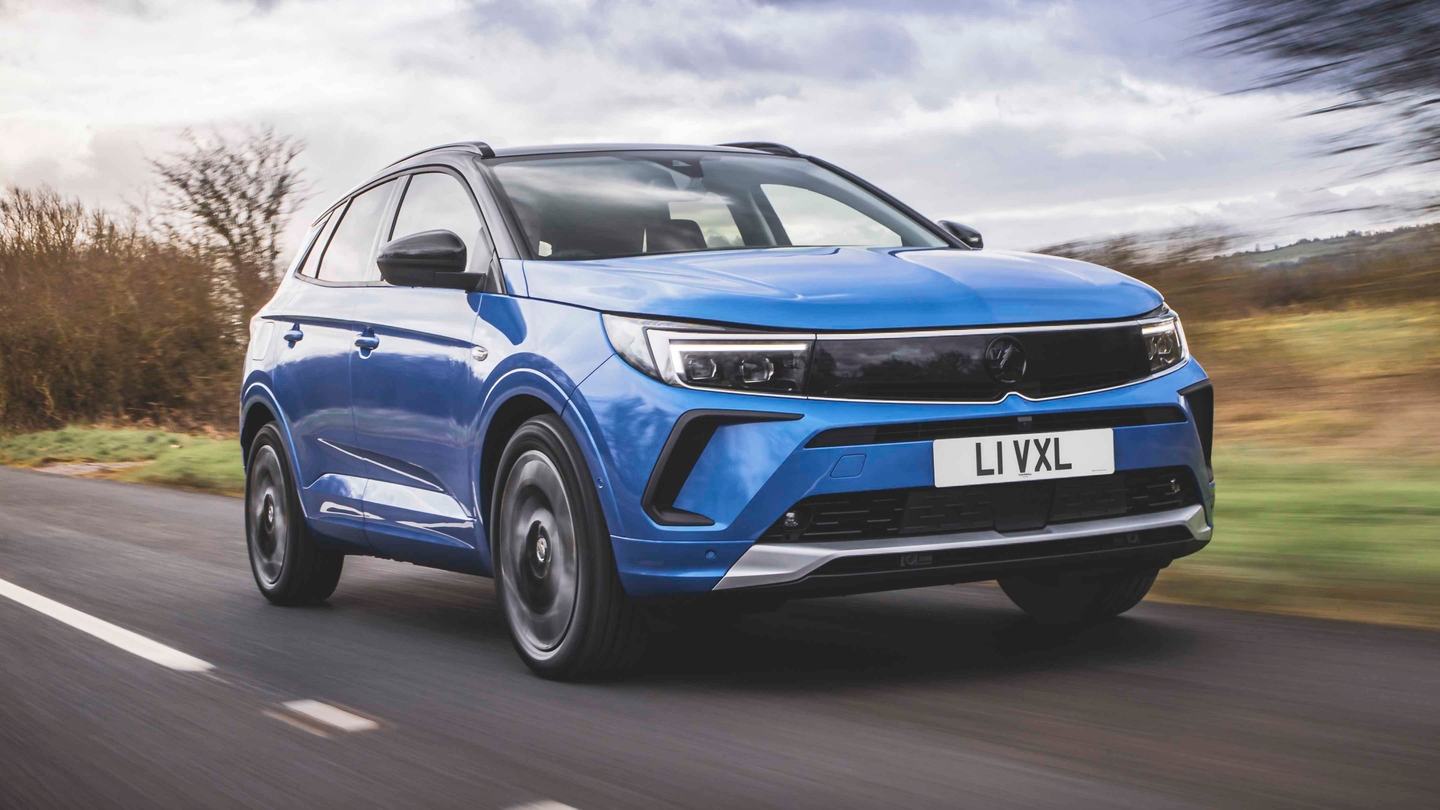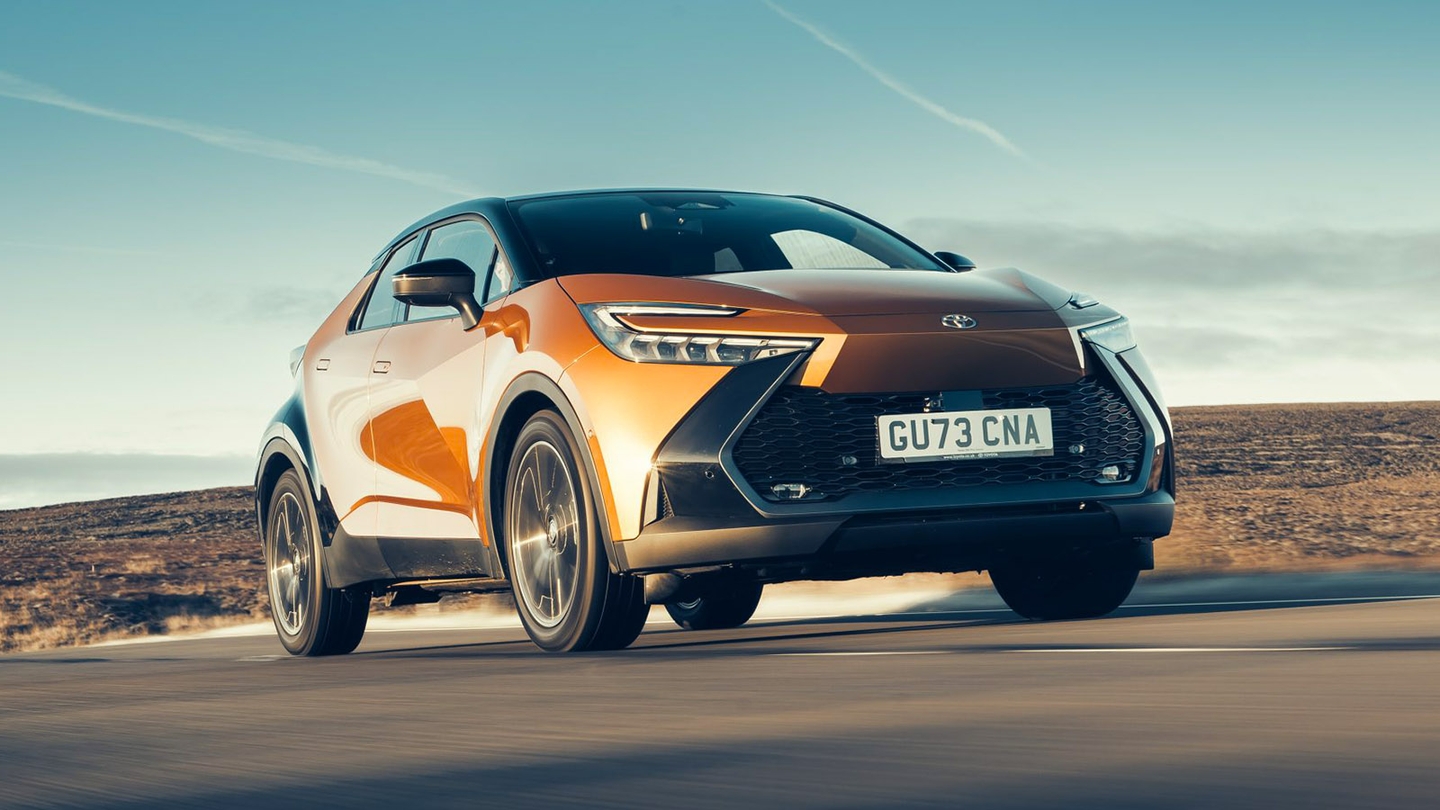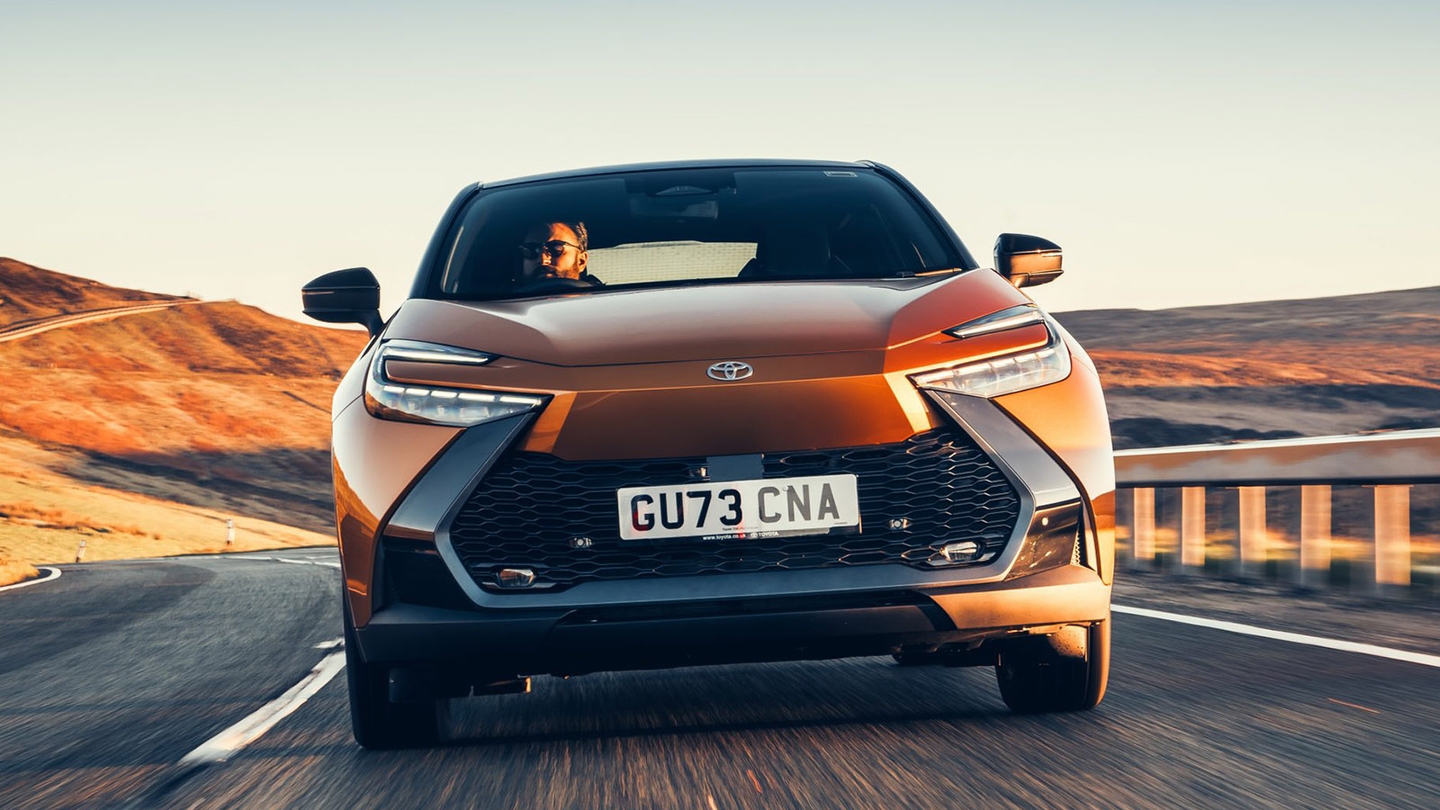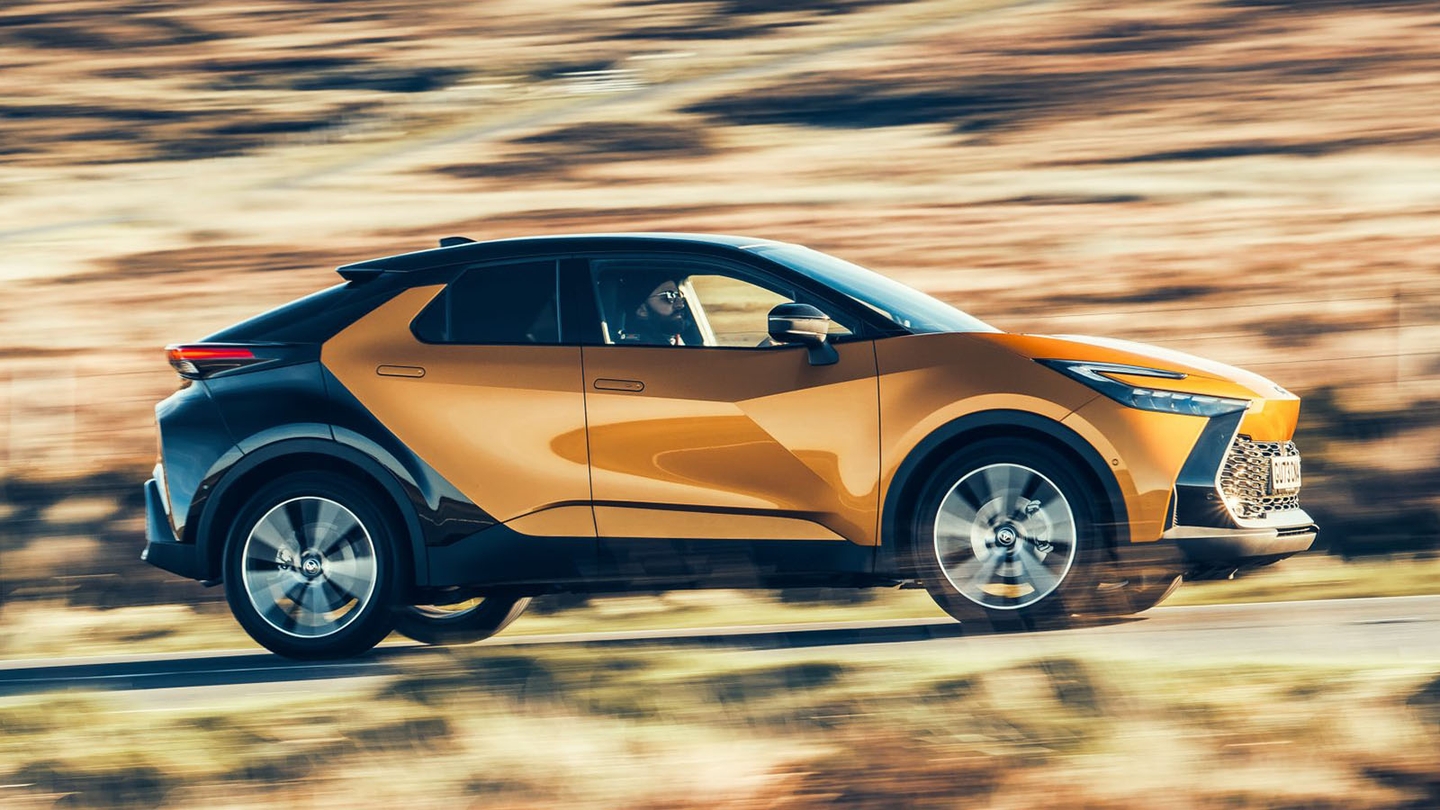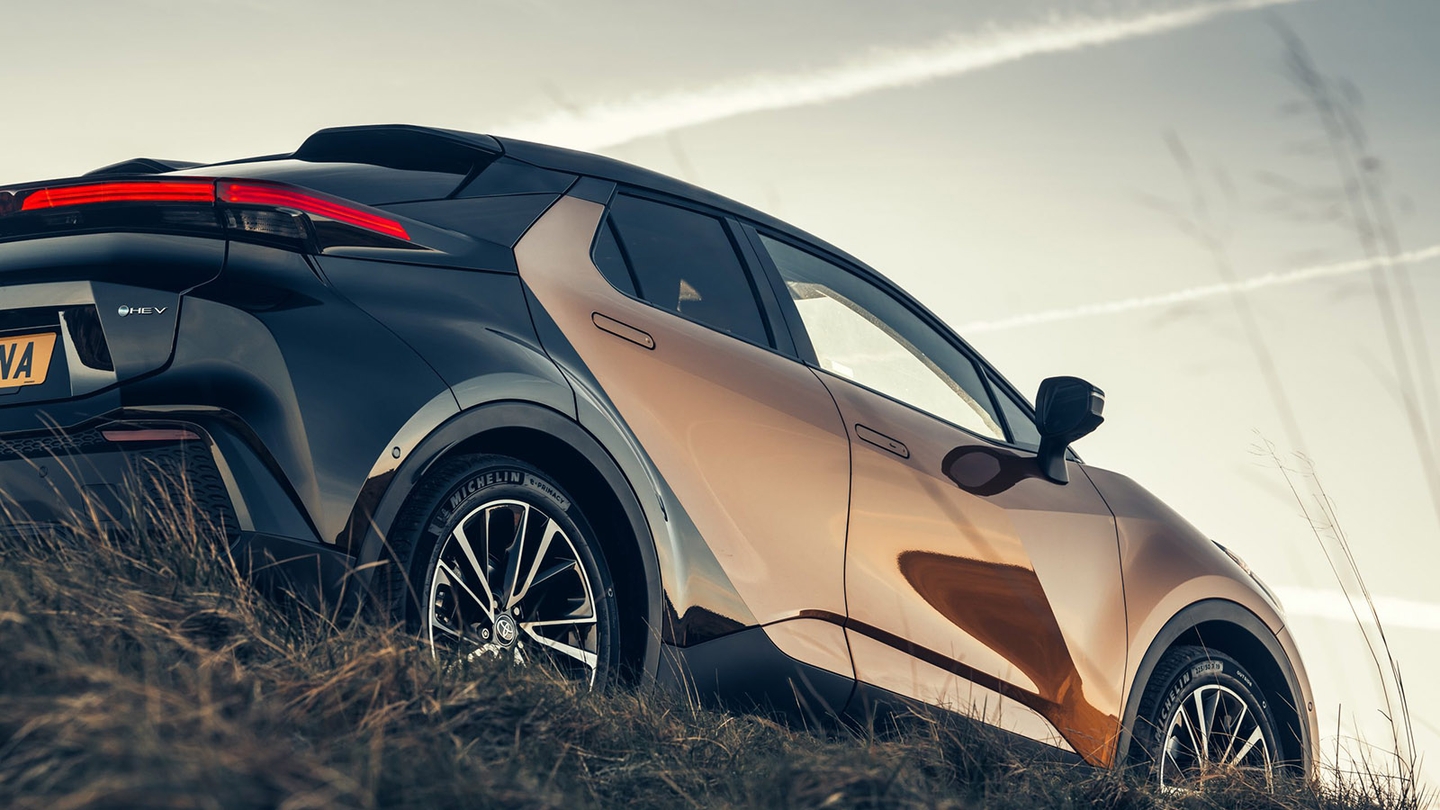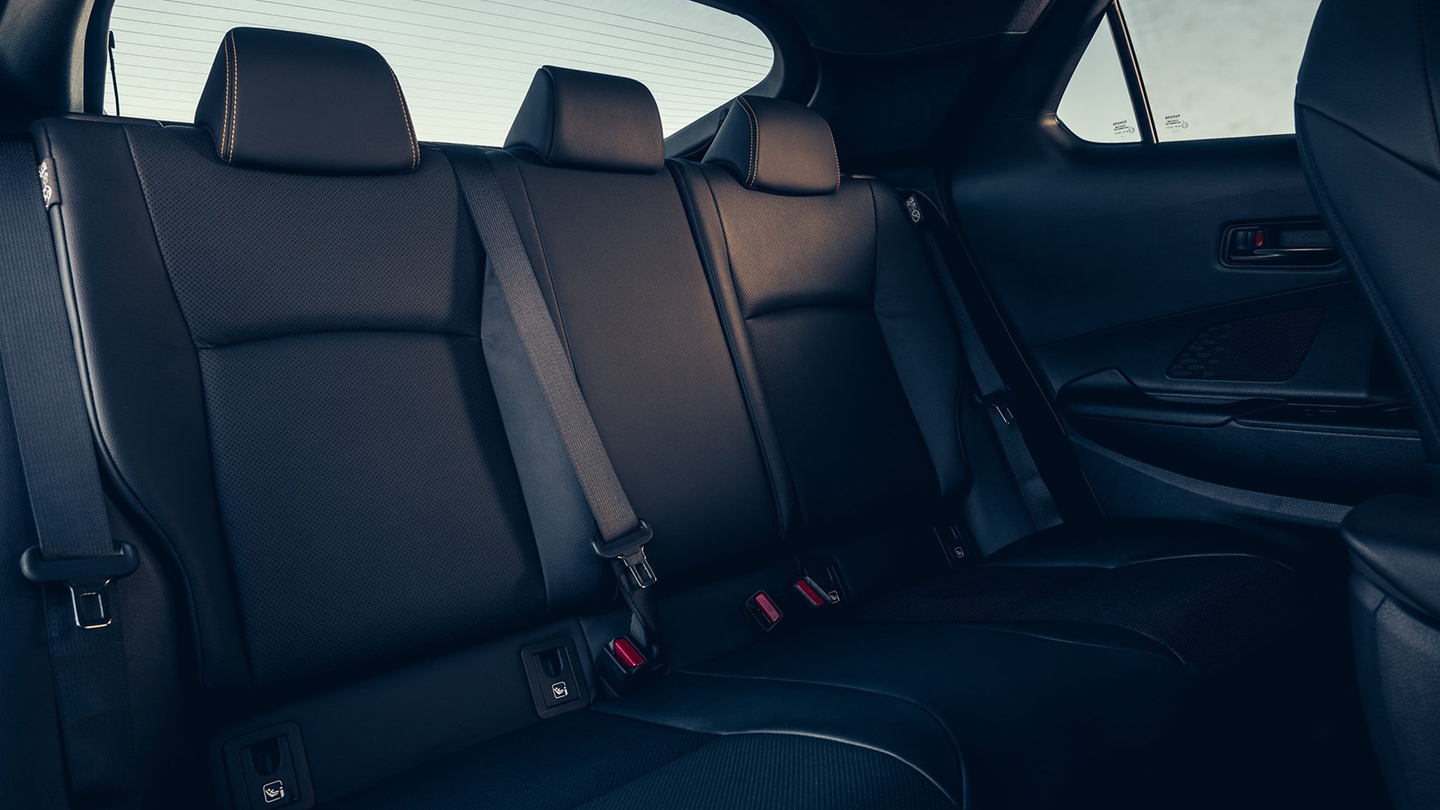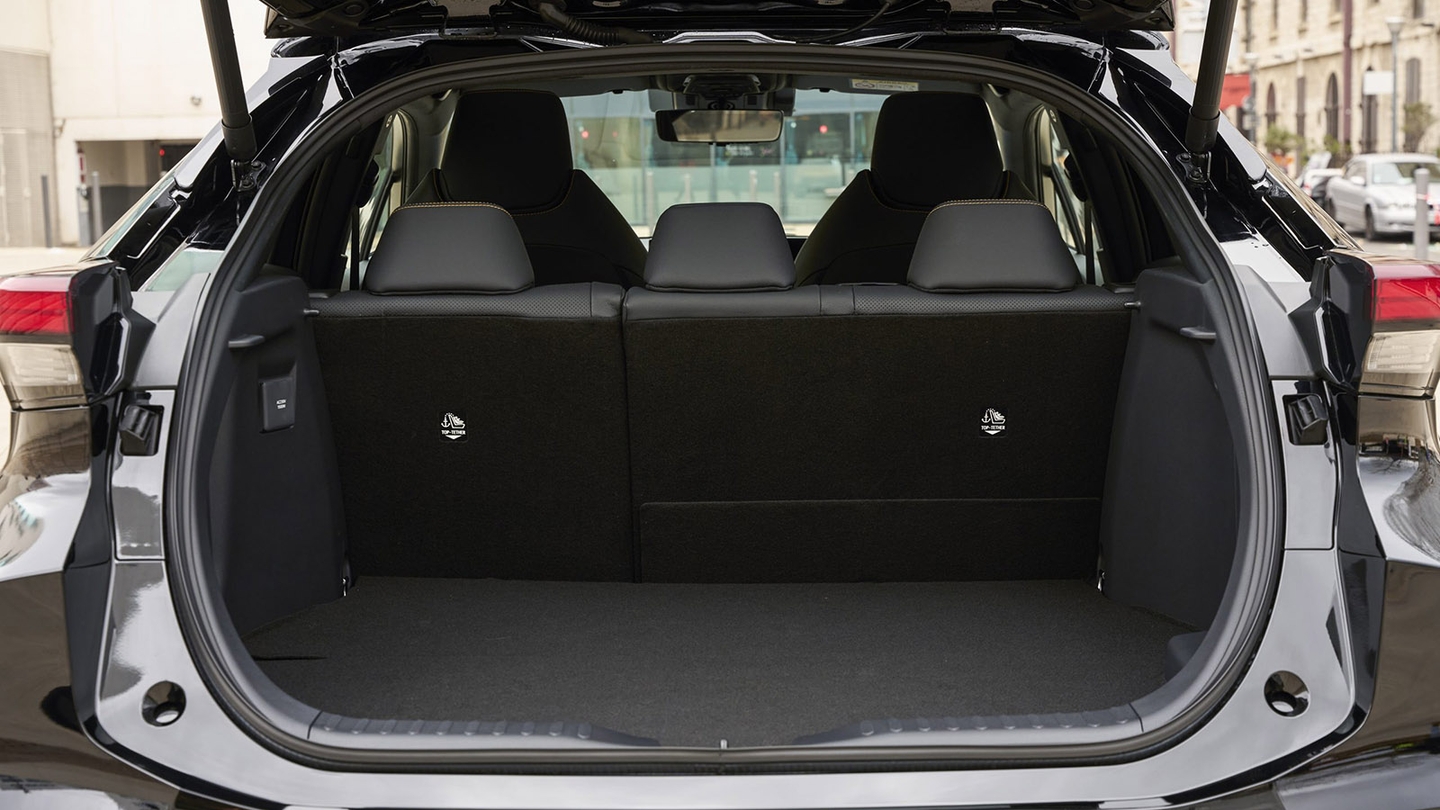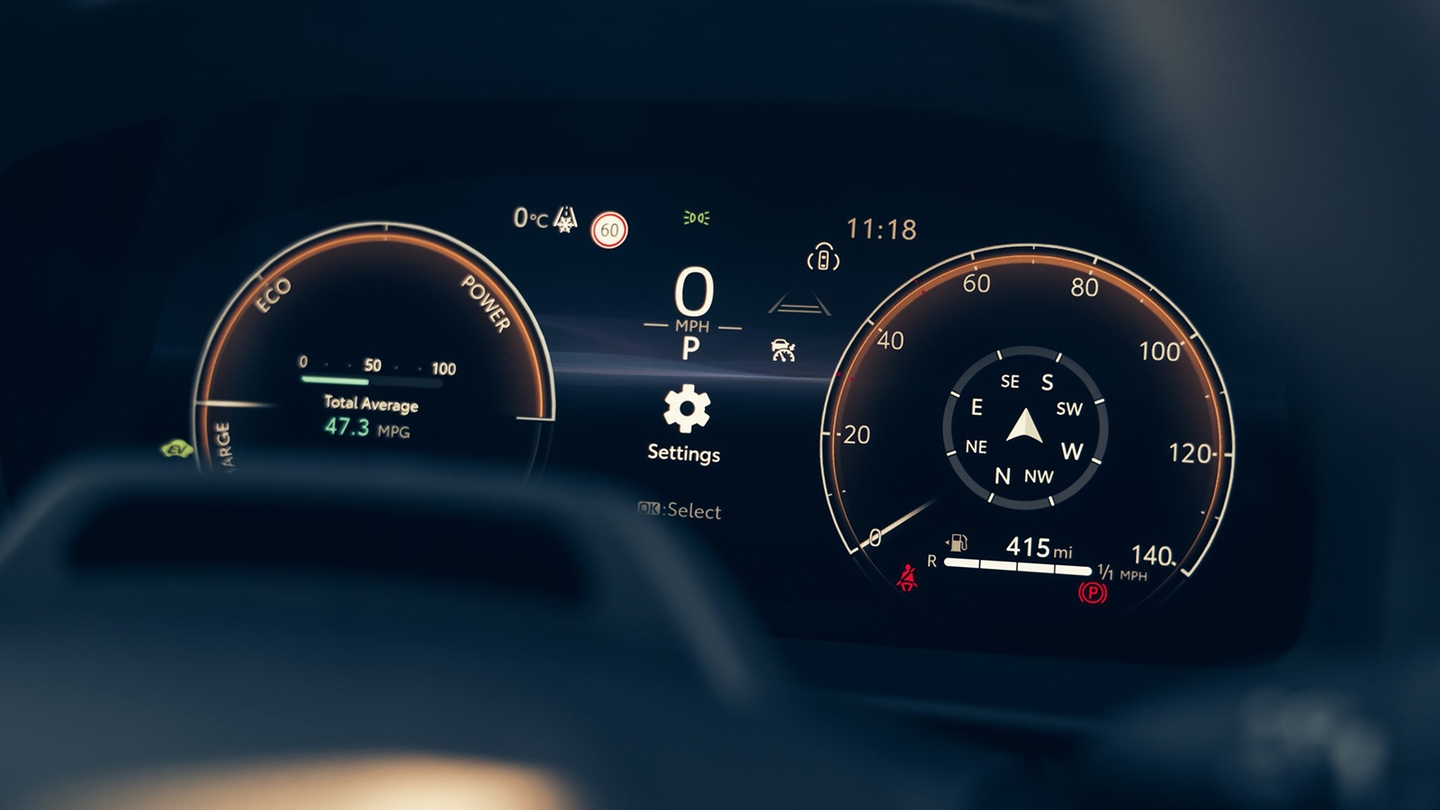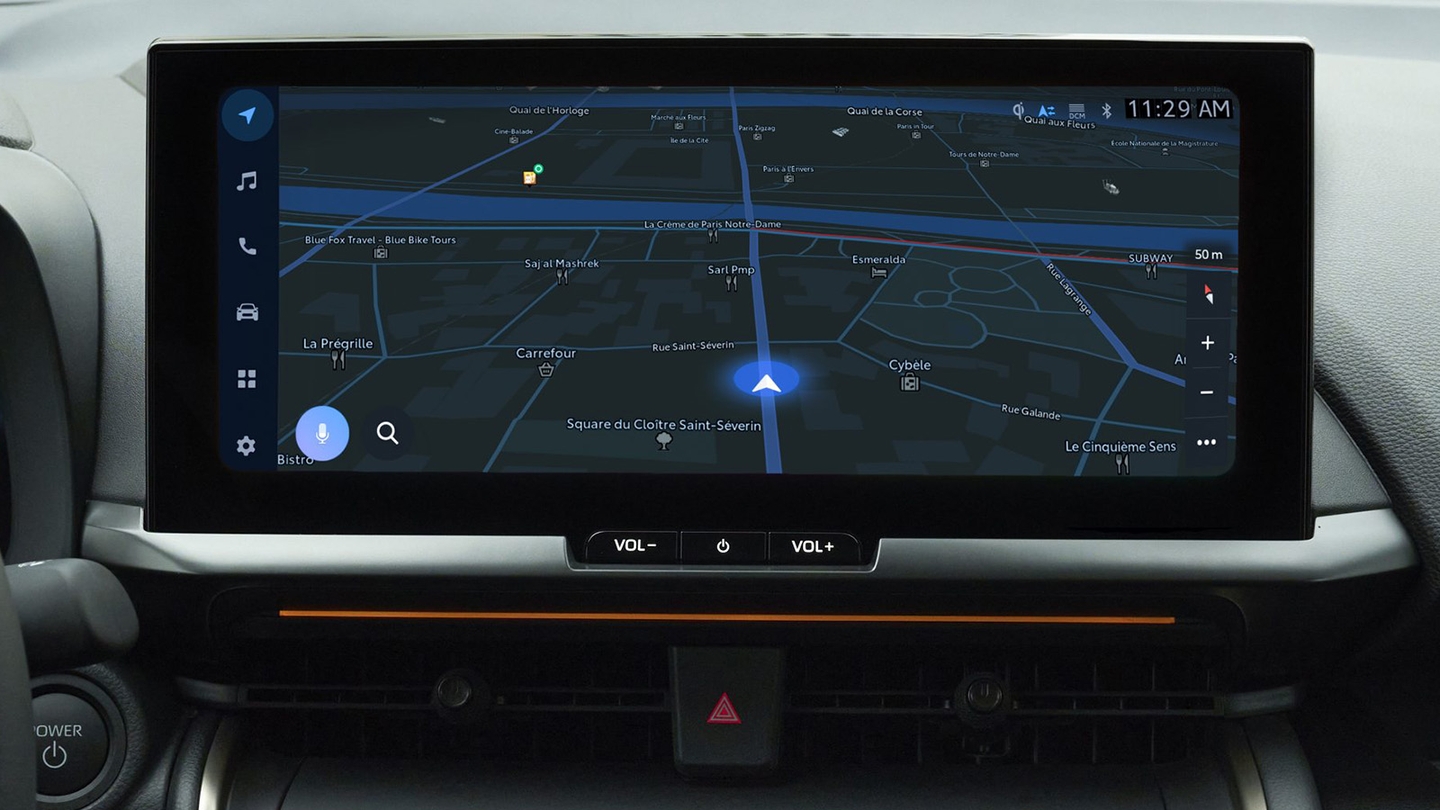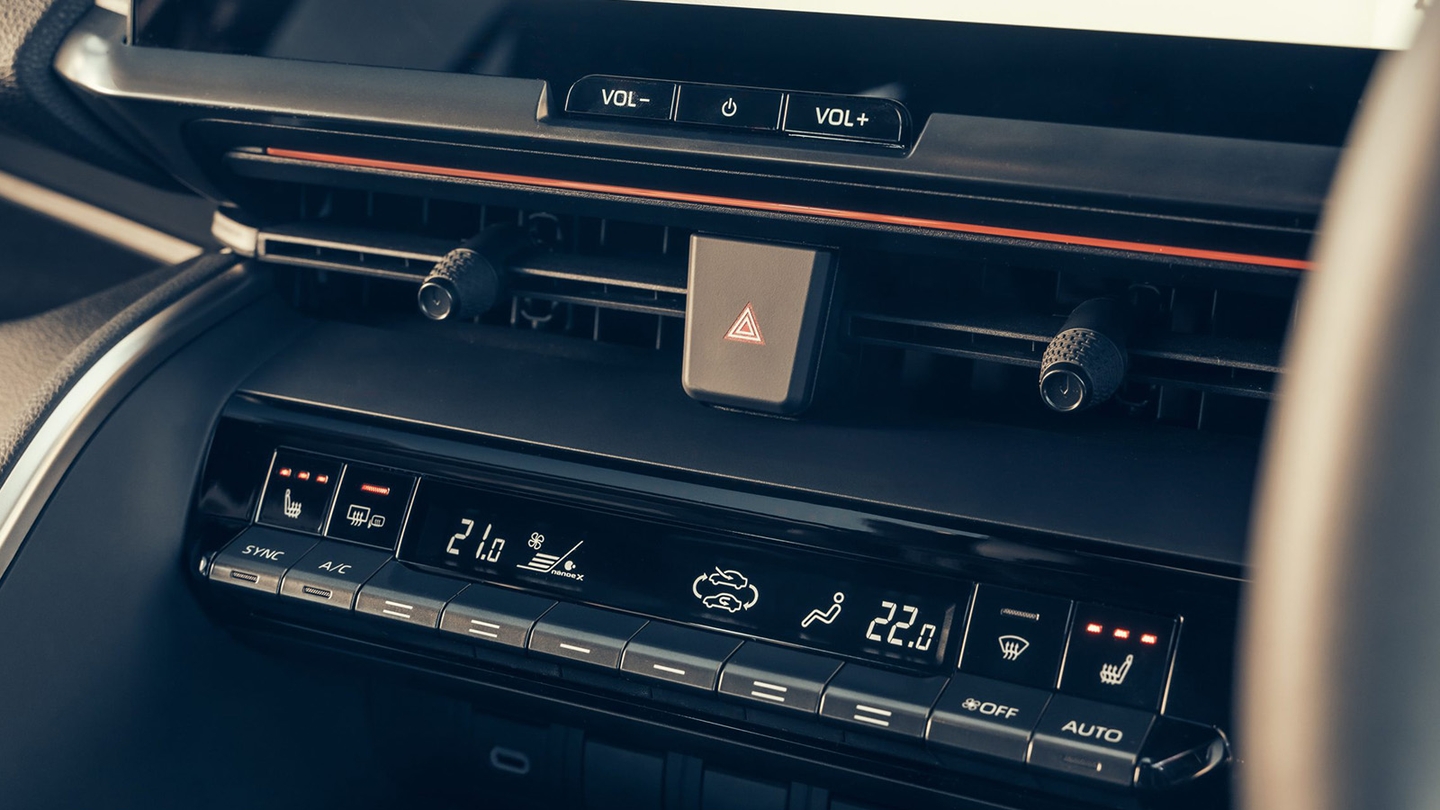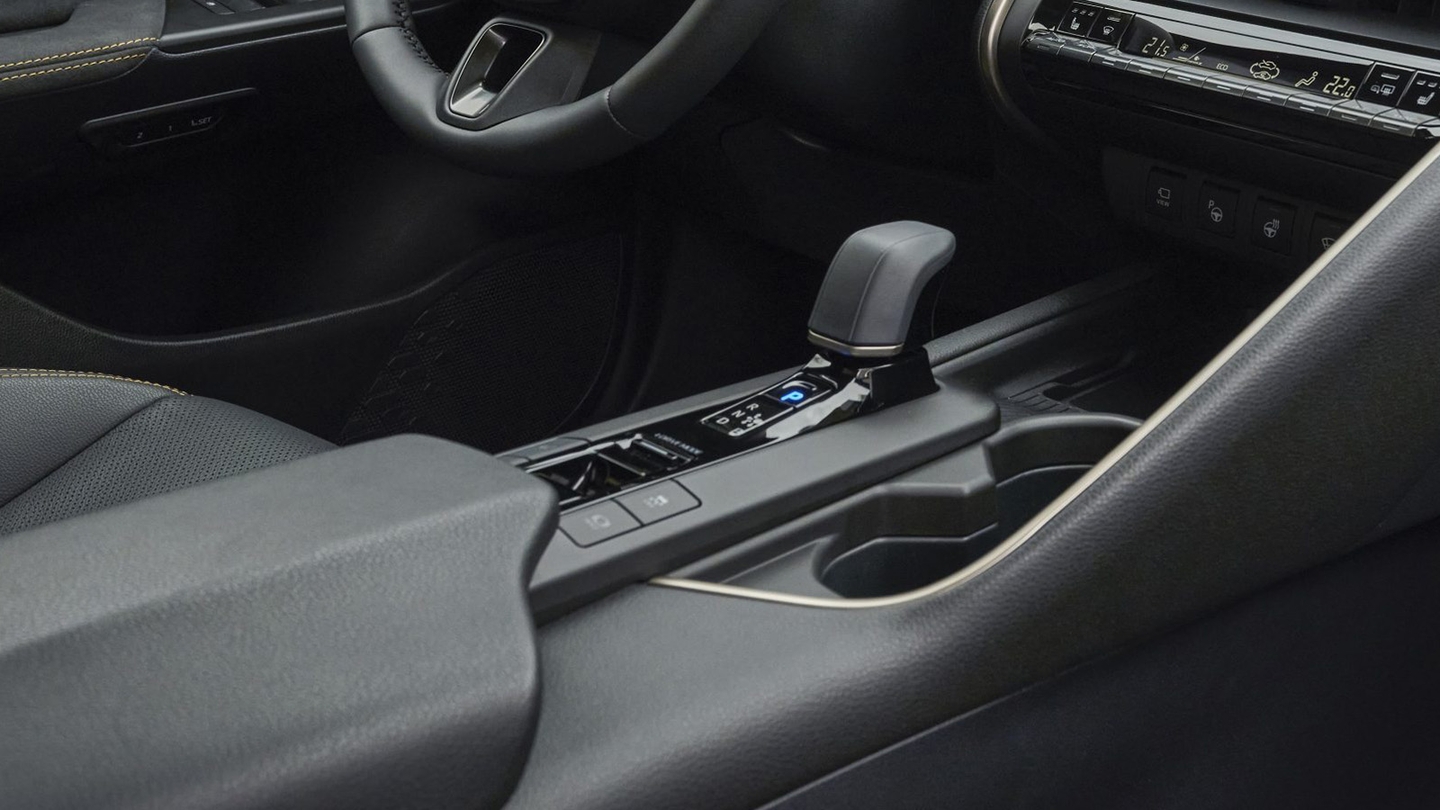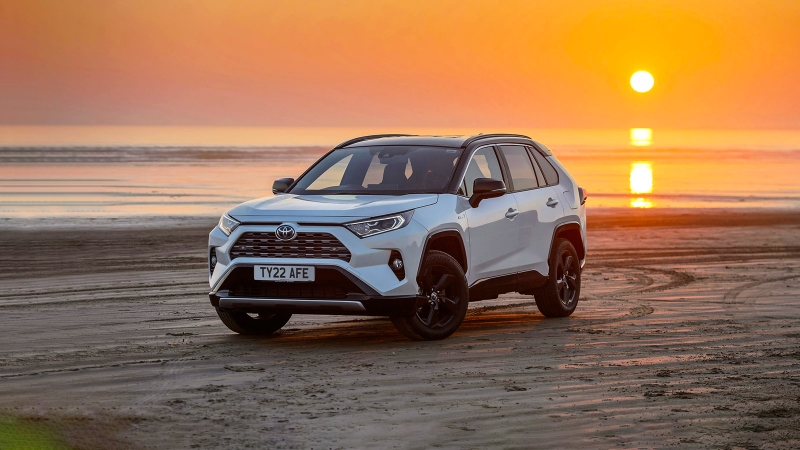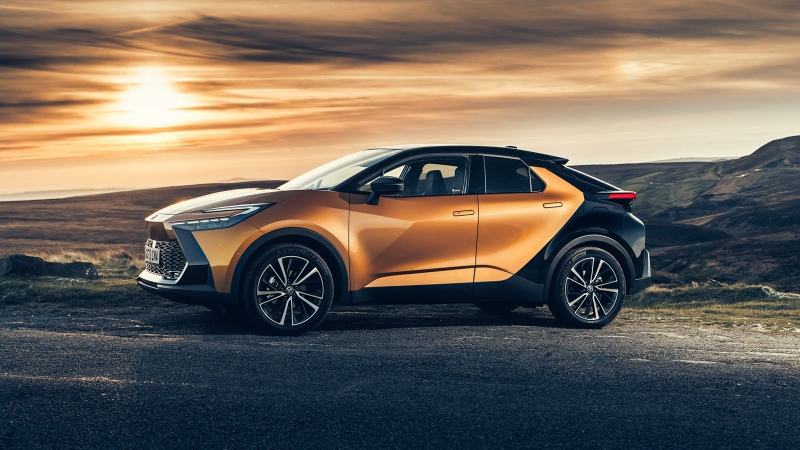
Used Toyota C-HR review (2016-2023)
Gallery
Used Toyota C-HR review (2016-2023)
Right now, small SUVs are big business for carmakers, so their cars need to do whatever it takes to stand out. One look at the Toyota C-HR should be enough to tell you which way the Japanese company decided to make its mark. There’s none of the boxy styling you get from some rivals – instead, the C-HR has a dramatically curved coupe-like roofline, deep slashes in its bodywork and big, showpiece headlights to announce its presence.
There are lots of great cars around this price point, though, so the C-HR has its work cut out. Buyers are likely to cross shop it against cars like the Skoda Karoq, Nissan Qashqai, Kia Niro, SEAT Ateca and Volkswagen T-Roc.
If you like the C-HR’s look and feel, but need a more city-friendly model, check out the Toyota Corolla or Toyota Yaris – both share the C-HR’s clever hybrid tech. In addition, there’s the compact Toyota Yaris Cross and practical Toyota RAV4 which complete the company’s SUV lineup.
Interior and Technology

Toyota has tried to continue the C-HR’s outlandish exterior styling inside the cabin. The dashboard is reasonably simple, defined by an elegant convex curve and trimmed with gloss black plastic. There’s fairly complex sculpting on the centre console and door trims but, considering most of the cabin is made from black and dark-coloured materials, the overall impression is a little more conservative than the car’s exterior.
Nevertheless, the sense of quality is high, both in the materials chosen and how firmly they’re screwed together. There are no obvious squeaks or rattles when you hit a bump on the road and none of the switchgear feels flimsy under your fingers.
Infotainment is provided by a standard-fit eight-inch touchscreen system. This includes Apple CarPlay and Android Auto, so it already supports the majority of functions buyers are likely to use everyday. Higher-end trims include an upgraded screen with better resolution and a built-in sat nav system. Neither C-HR infotainment system functions poorly, but both versions look a little dated and are slow to respond compared to the setups found in more recent rivals.
Comfort and visibility

Front-seat occupants will feel comfortable in the C-HR. There’s lots of head and legroom, and the centre console is a decent width, so there’s somewhere for both passengers to put their elbows. Power-adjustable lumbar support is available for the driver’s seat on Design trims and up, but the standard seats are still fairly comfortable.
You’ll have few complaints about how easy the dashboard is to navigate. All the infotainment functions are handled by the touchscreen in its separate pod on top of the dash, while below you’ll find easy-to-use physical buttons to adjust the standard two-zone climate control.
Visibility, however, lags a little behind the best in class. Looking out the front, you’ll notice the C-HR has a lower, more car-like driving position than many more upright SUVs – you’ll either like this or dislike this depending on your preference. The over-the-shoulder view is compromised, however, because of the sloping roofline and thick, heavily styled rear-window pillars. All cars get a reversing camera as standard, while Design trims and up pair this with all-round parking sensors, which somewhat makes up for the less-than-ideal view out.
Standard equipment

Icon comes well equipped from the factory, mainly lacking the visual upgrades of higher-level trims. You get 17-inch alloy wheels, auto lights and wipers, a reversing camera, two-zone climate control, adaptive cruise control, automatic emergency braking and lane-keep assist. There's also an eight-inch touchscreen infotainment system, which gained Apple CarPlay and Android Auto in October 2019.
Design trim brings larger 18-inch alloys, heated front seats with power lumbar support for the driver, all-round parking sensors, keyless entry and starting, and a built-in sat nav for the infotainment system.
Excel layers on more luxuries with leather upholstery, blind spot monitoring and rear cross-traffic alert.
Dynamic is the sporty trim, gaining matte-finish alloy wheels, standard metallic paint, a contrast-colour black roof, and full LED headlights and foglights. In early 2021, Dynamic was phased out in favour of GR Sport trim, which is essentially the same but references Toyota’s motorsports partnership with Gazoo Racing.
Infotainment and audio

All C-HR models get an eight-inch touchscreen regardless of trim level. However, not all versions are the same. Models built until early 2021 feature touch-sensitive hotkeys on either side of the screen to jump between key functions and adjust the volume. These are a little fiddly to use at first, but function perfectly fine once you’ve got the hang of them.
We’re glad that newer Icon models include Apple CarPlay and Android Auto, so you can still use your favourite mapping and entertainment apps, but the screen in pre-2021 cars has a fairly low resolution. Stepping up to Design trim added more definition to the screen, making graphics and text easier to read, along with adding a built-in sat nav.
The C-HR’s infotainment system was upgraded in 2021, gaining physical shortcut keys and knobs for volume and radio tuning. These are much easier to use on the move, so we’re big fans of this addition. However, compared to rivals in this segment – especially premium models that cost a few thousand more – the C-HR’s setup is starting to show its age with dated graphics and slow-witted responses to inputs. We’d connect our phone and use its apps instead.
Practicality

To get your SUV looking as sharp as the C-HR, some sacrifices have to be made and, in this case, it’s practicality that’s taken something of a back seat. You can easily use the C-HR everyday as a family car provided none of your passengers are especially tall, but most rivals in this segment offer a little more cabin space. That’s especially true of models like the Skoda Karoq, which are substantially more spacious for rear-seat passengers, though without the Toyota’s eye-catching looks.
Front seat passengers get lots of room in all dimensions and the driving position is lower and more car-like than some SUVs, helping the C-HR feel sportier and more agile through corners. Those in the back get an acceptable amount of legroom for the class, but headroom is tight thanks to the sloping roof. Plus, the narrow side window adds to the slightly cocoon-like atmosphere.
The boot is another area that’s been slightly compromised by the car’s styling. At 377 litres, there’s enough space to easily carry the weekly shop or a couple of suitcases for a holiday, but rivals in this segment mostly outperform the C-HR. The likes of the Skoda Karoq or Nissan Qashqai make a better choice if outright carrying capacity is a concern for you.
Rear seat space
Space for rear-seat passengers isn’t the C-HR’s best feature. If you compare it to a family hatchback with a similar footprint – something like a Toyota Corolla – there’s a comparable amount of legroom, but tall passengers will quickly start complaining about the limited headroom thanks to the car’s sloping coupe roof and narrow side windows.
Things get worse if you compare it to other SUVs in this class, too. Most rivals have boxier bodies that afford them more rear space in all key dimensions. This is the price you have to pay to get the C-HR’s handsome body shape.
There are Isofix points in each of the outer rear seats and you’ll find just enough room to fit a child seat in both. Again, the sloping roofline makes this task harder than it would be in rivals, however, because you’ll have to stoop quite far to reach into the cabin to secure your kids in place.
Boot space

Boot space varies slightly depending on what engine you choose. C-HR models with the 1.2-litre turbo or 1.8-litre hybrid engine have 377 litres, while the 2.0-litre hybrid trims this slightly to 358 thanks to the bigger battery pack. These figures equate to a load area that’s fine for most day-to-day needs but isn’t quite as spacious as the best in class, with the vast Skoda Karoq substantially outclassing the Toyota in this measure.
Engines and performance

You won’t find it too hard to choose an engine for your C-HR because there are only three options available on the nearly new market. The sole non-hybrid option is a 1.2-litre turbo petrol. This has 115hp and is enough to get the C-HR up to motorway speeds without complaint. It’s also the only option with a manual gearbox in the lineup, and was only offered until late 2019.
The rest of the C-HR’s engines are full-hybrid petrol setups. That means they can use electric power to creep through traffic without starting the engine and are ‘self-charging’, so don’t need to be plugged in to juice up the battery. All that may sound complicated, but hybrid C-HRs feel just like regular automatic cars to drive, feeling effortlessly smooth in most driving situations. The only drawback of this setup is that it can drone a little under full throttle, so enthusiastic drivers might not enjoy driving this car as much as rival models that have less of a focus on efficiency.
What's the best used Toyota C-HR engine to get?

The most affordable way into C-HR ownership is to select one of the 1.2-litre turbo petrol models. These are available for a few thousand pounds less than hybrid models on the nearly new market and still offer respectable performance and efficiency. Plus, these versions ride ever-so-slightly better thanks to omitting the hybrid’s heavy battery pack.
Despite these qualities, we still prefer the C-HR’s hybrid engine choices. For one, all hybrid models are automatic only, making them a doddle to drive around town. Plus, the snappy response from the electric motor means these versions feel nippy off the line when driving around town. They’re noticeably more economical than the non-hybrid petrol engine, too.
The 1.8-litre hybrid has more than enough grunt to propel you to motorway speeds without fuss, so should be enough for most buyers. That said, we do appreciate the extra muscle of the 2.0-litre setup, especially when accelerating off the line, so we’d spend the extra for this version if our budget could handle it.
Used Toyota C-HR performance

There aren’t any real performance options in the C-HR’s engine lineup, with Toyota’s efficient hybrid engines taking centre stage instead. These are far removed from the wheezy, elastic-feeling hybrids of the olden days, however. Toyota’s worked hard to make sure both the 1.8 and 2.0-litre hybrid engines feel punchy off the line and remain smooth all the way up to motorway speeds.
Like most cars that use a CVT-type automatic gearbox, however, hybrid C-HR models make a bit of a drone when you use full throttle. That’s why we’re fans of the larger 2.0-litre hybrid setup, which features both a more powerful engine and a beefier electric motor, allowing for better acceleration without needing to send the engine revs flaring.
Driving and comfort

It’s a little odd that none of the C-HR’s engines have a particular focus on performance because the handling is surprisingly sporty. The body remains level even during hard cornering where many SUV rivals would be rolling around. Plus, the accurate steering makes it easy and satisfying to place the car neatly in its lane.
The tradeoff for the sharp handling is a firm ride. Things aren’t so bad in entry-level models where the smaller alloy wheels slightly soften hard bumps on the road, but cars equipped with larger wheels – especially GR Sport models with even larger alloys and sports suspension – can jostle passengers about if you hit a pothole or speedbump too aggressively.
On the road
You might not expect a hybrid Toyota SUV to hold much appeal for keen drivers, which means you might be in for a surprise once you drive the C-HR. It feels agile and sporty in a way that very few SUVs can match, with well-controlled body roll and a keen turn in. There’s lots of grip available and a reassuring sense of solidity when driving at higher speeds.
Drivers looking for a properly thrilling experience will still probably be better off with a model with more power or something with more focused handling, but the C-HR is an entertaining car to drive day-to-day without so much of a hard edge that it becomes tiring.
Comfort
With its tyres firmly parked at the sporty end of the spectrum, the C-HR isn’t the most comfortable choice in the class. You can feel road imperfections clearly through the base of your seat and hear big suspension impacts. Entry-level Icon models with the smallest alloy wheels tune some of the ride’s roughness out, but trims with larger wheels will jiggle passengers about a little over bad road surfaces.
The engines are, at least, fairly quiet in normal use. The 1.2-litre turbo petrol gives off a dull thrum when accelerating but stays mostly hushed, while the hybrids are whisper quiet when sneaking through traffic on battery power alone. Flooring either of the hybrid models will cause the engine revs to flare up and make quite a drone, but the hybrid’s responsive electric motor makes this a rare occurrence.





